Mughal emperor Babar invades India, defeats many kings and take over their territories.
KEEP SCROLLING

KEEP SCROLLING

The land dispute over the site of the 16th century Babri Masjid (mosque) at Ayodhya in Uttar Pradesh, is perhaps the most ancient land dispute in the history of the subcontinent. The mosque, built by the Mughal emperor Babar, has been the centre of a controversy since the middle of 19th century. A section of the Hindus believe the site as the birthplace of Lord Ram. As the nation looks up to the highest judicial authority, the Supreme Court of India, for justice and restoration of peace in the land, let's retrace one of the longest legal battles which India has seen...
Disputed area -2.77 acres
Area belongs to Ram Janmbhoomi Nyas
Area belongs to Sunni Waqf Board
Area belongs to Mans Bhawan, Sankat Mochan Mandir, Ram Janam Sthan, Katha Mandap and Janki Mahel
Mughal emperor Babar invades India, defeats many kings and take over their territories.
General Mir Baqi, Babar's viceroy, visits Ayodhya and builds the mosque and christens it as Babri Masjid.
The first conflict erupts between Hindus and Muslims over the disputed land. Both community claimed possession of the land. There are claims that Sita Rasoi and Ram Chabootara (courtyard) were built around this time.
British rulers annex the mosque site and erect a fence to separate the places of worship, allowing the inner court to be used by Muslims and the outer by Hindus.
Court dispute begins - Mahant Raghubir Das files the first suit in the matter, seeking to build a temple on land adjoining the mosque. The Faizabad District Magistrate refuses him permission. Next, Mahant Raghubir Das files a title suit in Faizabad Court against the Secretary of State for India, seeking permission to build a temple on the chabootara of the Babri mosque. Faizabad Court rejects his plea.
On the night of 22nd December, a Ram Idol appears inside the mosque. Hindus see the appearance of the Idol as a divine revelation, however many argue that the Idol was smuggled inside at night. Hindus start offering prayers. The Government declares the site as a "dispute land" and locks the entrance.
Two suits are filed in Faizabad court by Gopal Simla Viharad and Paramhansa Ramachandra Das, seeking permission to conduct Hindu pujas to Ram Lalla. The court granted the parties permission to conduct pujas. The court orders the inner courtyard gates to remain locked.
Nirmohi Akhara and Mahant Raghunath files third suit, seeking possession of the land. They claimed to be the sect responsible for conduct of puja (offerings to the deity) at the site.
UP Sunni Wakf Board files a suit seeking possession of Babri Mosque site. It also demands the removal of Ram idols from Babri Masjid as it claims the 'surrounding area of the masjid was graveyard.'
Ram Janmbhoomi Movement commences under the aegis of Vishwa Hindu Parishad (VHP). BJP leader LK Advani leads the campaign.
A third party - lawyer U C Pandey appeals for the gates to be unlocked before the Faizabad Session Court - on the grounds that the Faizabad district administration, and not a Court, had ordered its closure. The court orders the locks to be removed to allow Hindu "pooja and darshan". Muslims constitute a Babri Mosque Action Committee (BMAC) in protest.
BJP, along with VHP, organises protests in Ayodhya and other parts of the country.
Prime Minister Rajiv Gandhi allows the VHP to perform 'shilanayas' (laying of foundation stone for the Ram temple) near disputed area.
All title suits shifted to Allahabad High Court. Another suit filed by Ram Lalla Virajman in the High Court named Nirmohi Akhara (1959) and Sunni Waqf Board (1961) suits as defendants.
L K Advani launches Rath Yatra from Somnath (Gujarat) to Ayodhya to whip up support for the Ram Janmbhoomi Movement. Communal riots break out and a mob partially damages the mosque.
BJP comes to power in Uttar Pradesh.
Babri Masjid razed by a mob of Karsevaks. The Karsevaks construct a make-shift temple in its place. It sparks communal riots in many parts of the country.
10 days after the mosque's demolition, Prime Minister P V Narasimha Rao forms a committee, led by retired High Court Judge M S Liberhan, to look into circumstances leading to the demolition of the Babri mosque and the communal riots.
State acquires Ayodhya land. Narasimha Rao government issues an ordinance acquiring 67.7 acres of land (the dispute site and adjoining areas). Later, it was passed as a law – Acquisition of Certain Areas at Ayodhya Act, 1993, to facilitate acquisition of land by Central government.
Ismail Faruqui Judgment: the Supreme Court, by a majority of 3:2, upheld the constitutionality of acquisition of certain areas. The majority judgment by former CJI J S Verma reasoned that every religious immovable property is liable to be acquired. The SC adjudged that offering namaz at mosque was not integral to Islam unless that mosque had any particular significance in Islam.
VHP announces that it will start temple construction latest by March 15. On February 27, 2002, Sabarmathi Express train was burnt by a violent mob near Godhra in Gujarat. It was followed by a pogrom in Gujarat, killing more than 1,000 people.
Ayodhya Title Dispute case begins. The Lucknow bench of the Allahabad High Court begins hearing Ayodhya title dispute. The court orders Archaeological Survey of India (ASI) to excavate the site to determine if a temple lay underneath the mosque.
ASI excavates the land underneath the disputed site. It claims to have found remnants of a 10th century Hindu temple. Muslims question the ASI report.
Suspected militants attack the disputed site, using a jeep laden with explosives.
After a delay of 17 years, the Librehan Commission submits its report to then Prime Minister Manmohan Singh, though its contents are not made public. The government spent Rs 8 crore for the commission.
Home Minister P Chidambaram tables the report in the Parliament. The commission report said that the demolition of the Babri Masjid was planned, systematic, and was intended to create a climate of communal intolerance by the Sangh Parivar and its sister affiliates.
Ramesh Chadnra Tripathi, a retired bureaucrat, files a petition before Allahabad HC asking it to defer the verdict on the title dispute case and let all litigants to resolve the dispute through mediation and reconciliation.
The Allahabad HC rejects Tripathi's plea saying the petition lacked merit and his efforts for an out-of-the-court settlement a "mischievous attempt". On 24th of the same month, Supreme Court also rejected the deferment plea.
The Allahabad HC delivers its judgment, dividing the land between three parties: one third each to Sunni Wakf Board, Nirmohi Akhara and Ram Lalla Virajman. The HC allotted the dome of the demolished Babri Masjid, under which the makeshift temple currently stands, to the Hindus. The nearby Ram Chabutra and Sita Rasoi also went to the Nirmohi Akhara. The one-third share of the Sunni Wakf Board comprises the outer courtyard of the disputed land.
Supreme Court stays Allahabad High Court ruling. The SC admits a batch of petitions. A division bench of Justices Aftam Alam and R M Lodha term the High Court Judgment as "strange".
Former Chief Justice Khehar suggests an out of court settlement of the dispute.
The three-judge bench of SC comprising CJI Dipak Misra, Justices Ashok Bhushan and Abdul Nazeer began hearing the appeal.
The petitioners argue that the Supreme Court ought to refer the 1994 Ismail Faruqui judgment to a 7-judge Bench for reconsideration.
The SC reserves judgment on the question of referring the appeal to a larger bench.
The 3-judge bench in a split of 2:1 verdict held that the Ismail Faruqui judgment of 1994 does not require reconsideration by a larger bench.
CJI Gogoi used his administrative powers to list the matter before a 5-judge constitution bench, headed by the CJI himself and comprising Justices S A Bobde, N V Ramana, U U Lalit and D Y Chandrachud, overturning the September 2018 judgment.
Justice U U Lalit recuses, prompting the Supreme Court to reschedule the hearing to January 29 before a new bench .
Supreme Court reconstitutes 5-member Constitution Bench to hear the case. The new bench comprises Chief Justice Ranjan Gogoi and Justices S A Bobde, D Y Chandrachud, Ashok Bhushan and S A Nazeer.
After 2 days of hearing, the Constitution Bench orders court-monitored mediation, despite objections from some of the key parties. The mediators are former apex court judge, Justice F.M.I. Kalifulla, as Chairman, spiritual leader Sri Sri Ravishankar and senior advocate Sriram Panchu.
Efforts to mediate a final settlement between Hindu and Muslim parties fail. The constitution bench led by the CJI decides to hear the appeals from August 6 on a day-to-day basis.
The constitution bench begins hearing the cross-appeals filed by the Hindu and Muslim sides challenging the three-way partition of the disputed 2.77-acre Ramjanmbhoomi-Babri Masjid land among Ram Lalla, Nirmohi Akhara and the Sunni Waqf Board.
Ayodhya parties want talks to resume, mediation panel tells Supreme Court during the hearing.
Ram Chabutra becomes the focal point in the Ayodhya hearing. Supreme Court allows mediation committee to resume talks.
Supreme Court reserves Ayodhya verdict after 40 days of marathon hearing. Ayodhya mediation panel files settlement document in the Supreme Court.
In an unanimous verdict, the Supreme Court cleared the way for the construction of a Ram Temple at the disputed site at Ayodhya, and directed the Centre to allot a 5-acre plot to the Sunni Waqf Board for building a mosque.
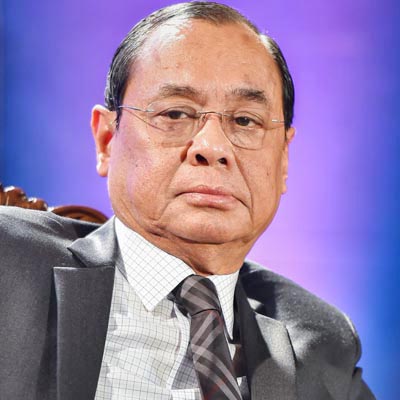
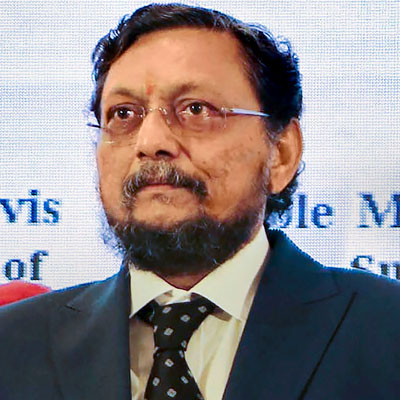
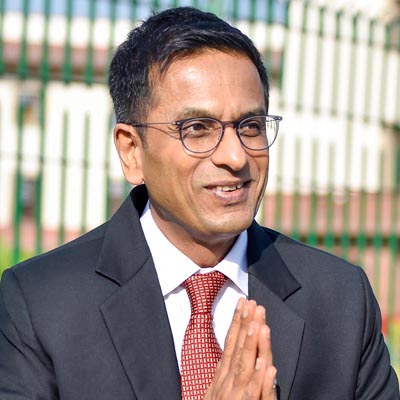
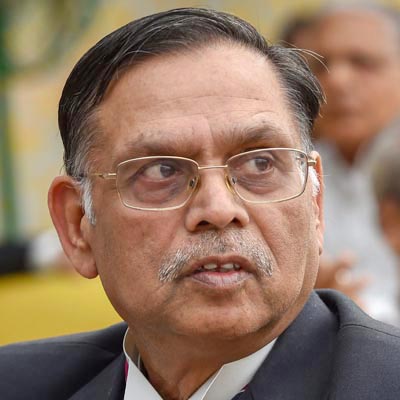
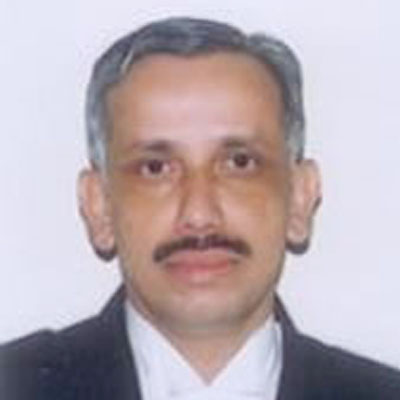
The following are the highlights of the Supreme Court judgement in which it unanimously granted the entire 2.77 acre of disputed Ram-Janmbhoomi Babri Masjid land in Ayodhya to deity Ram Lalla.